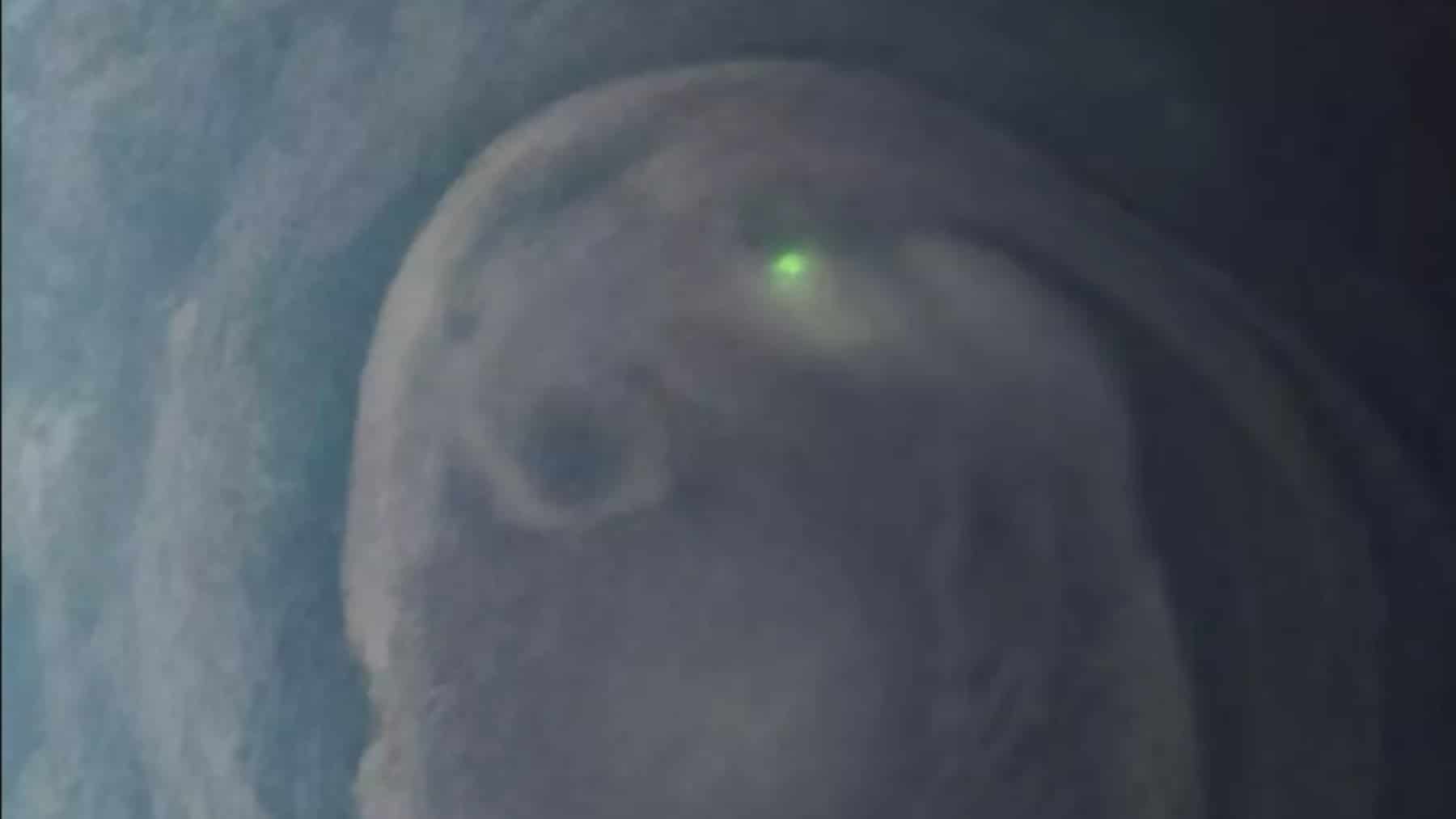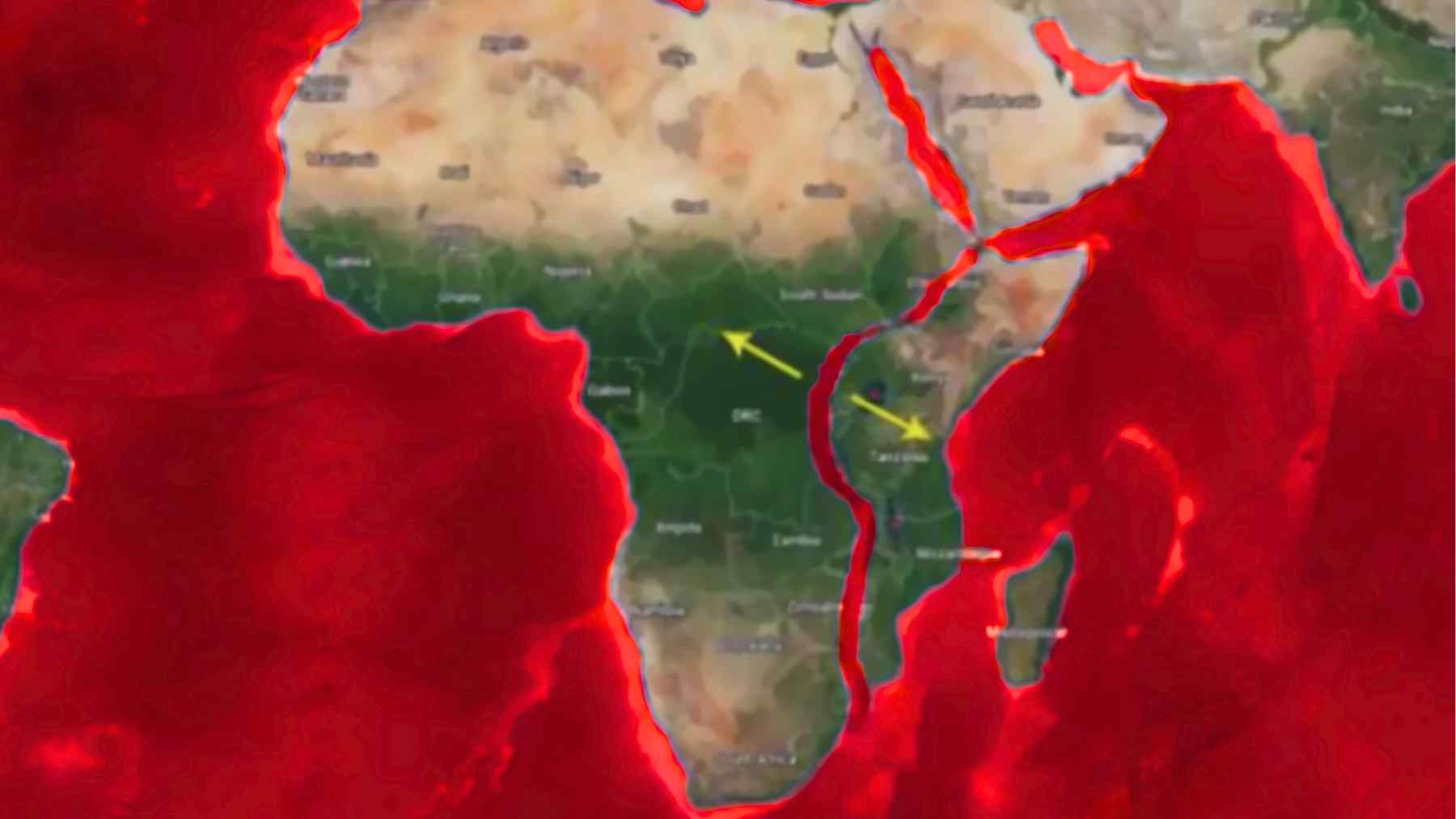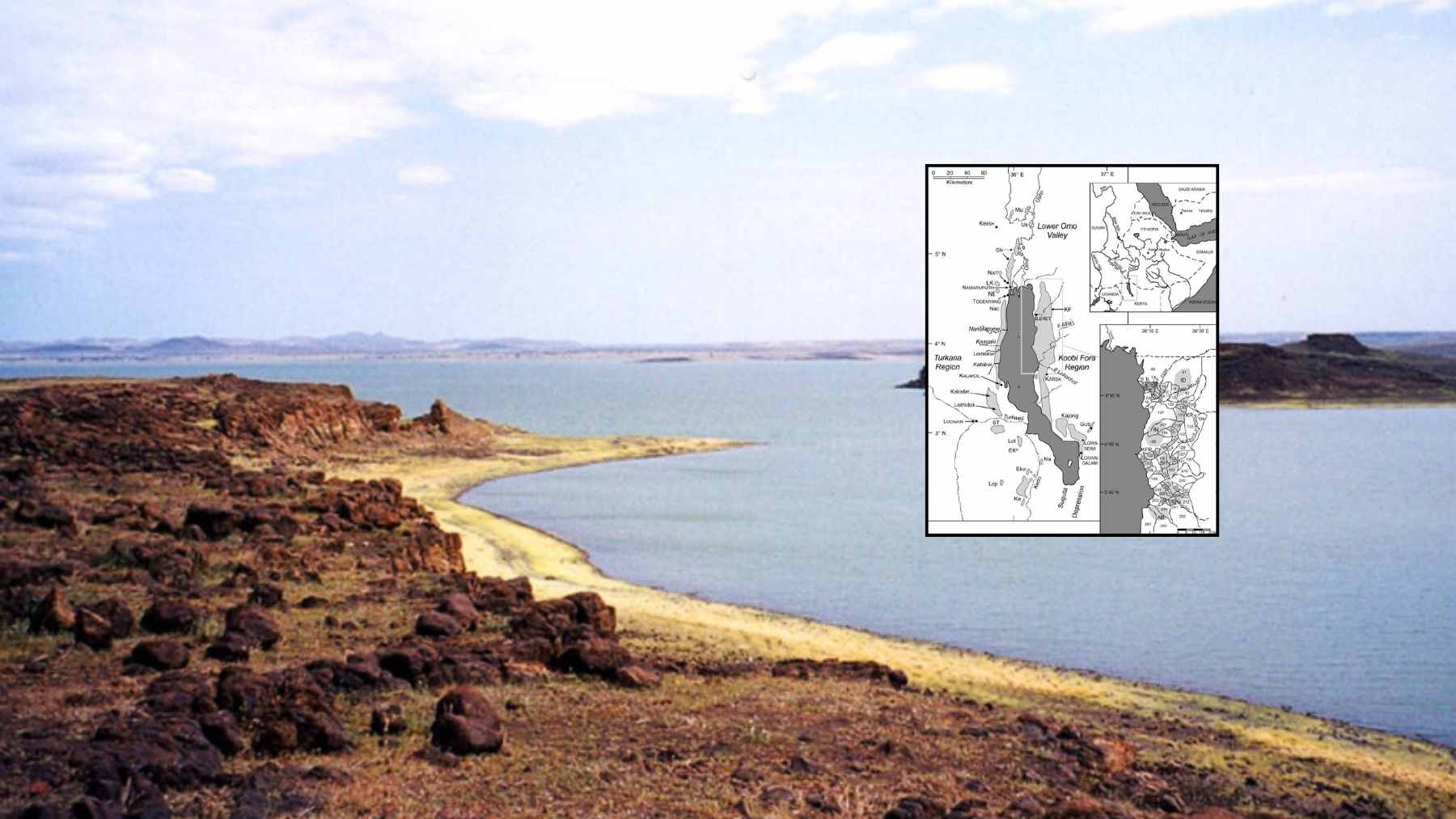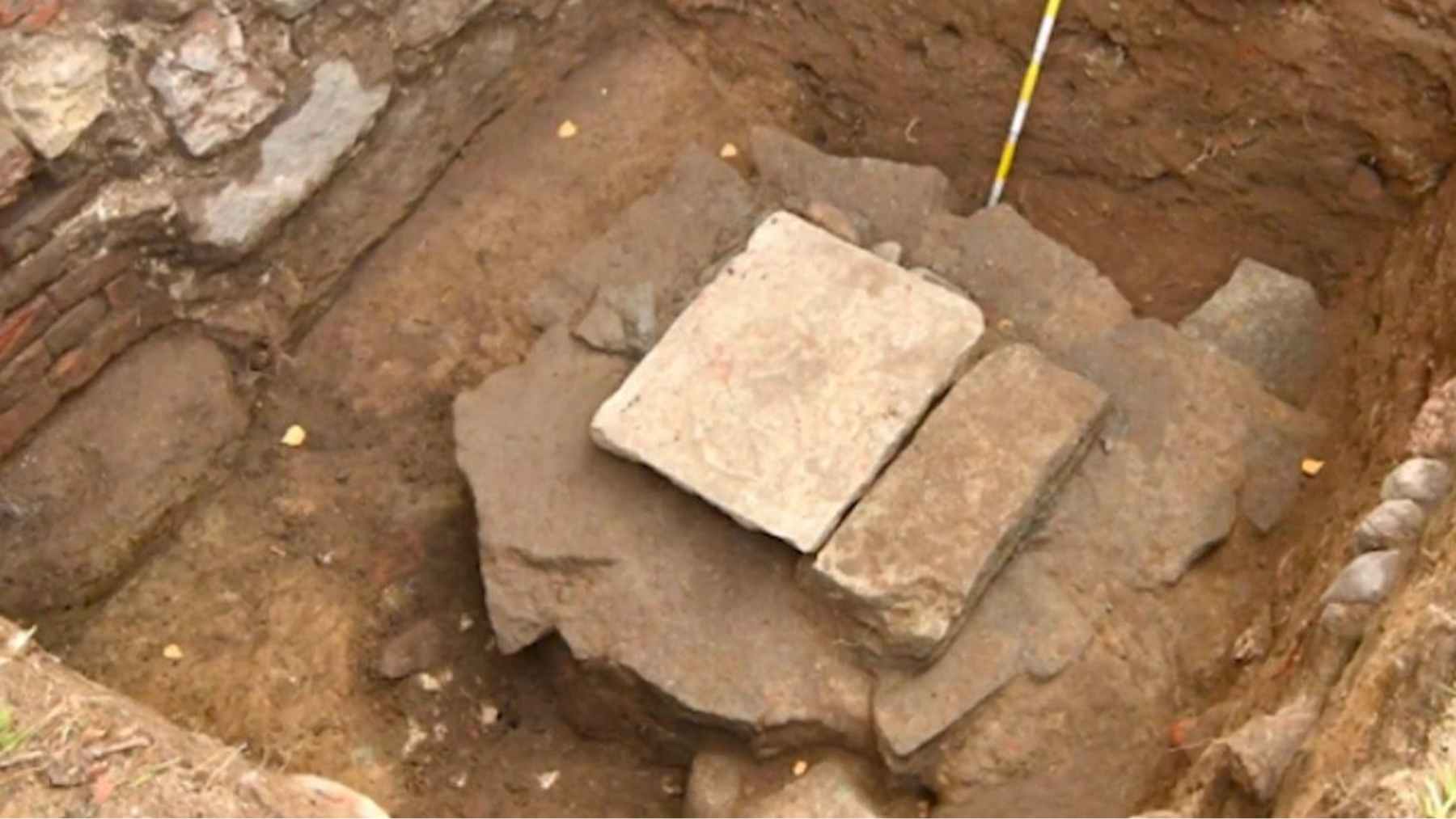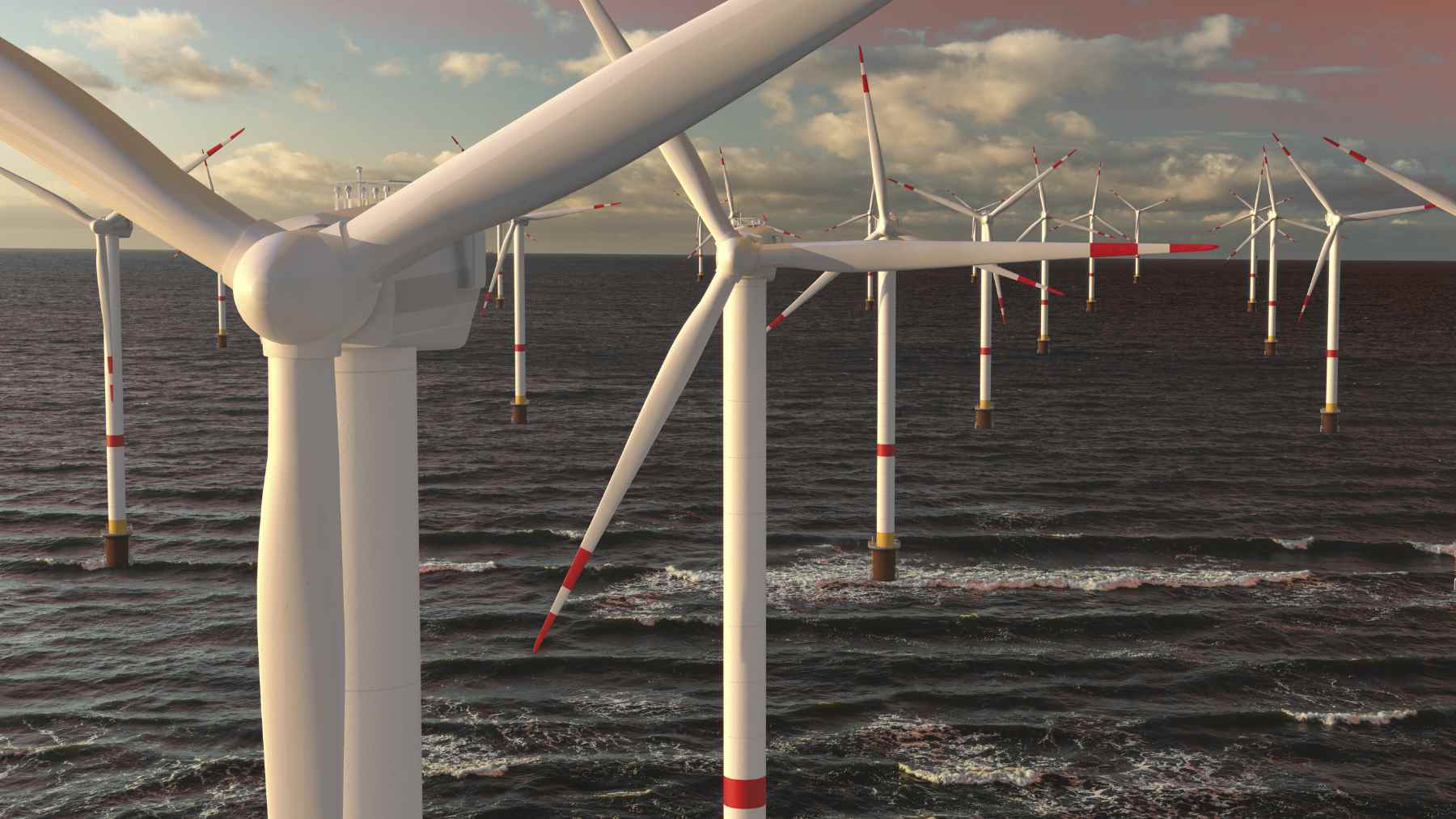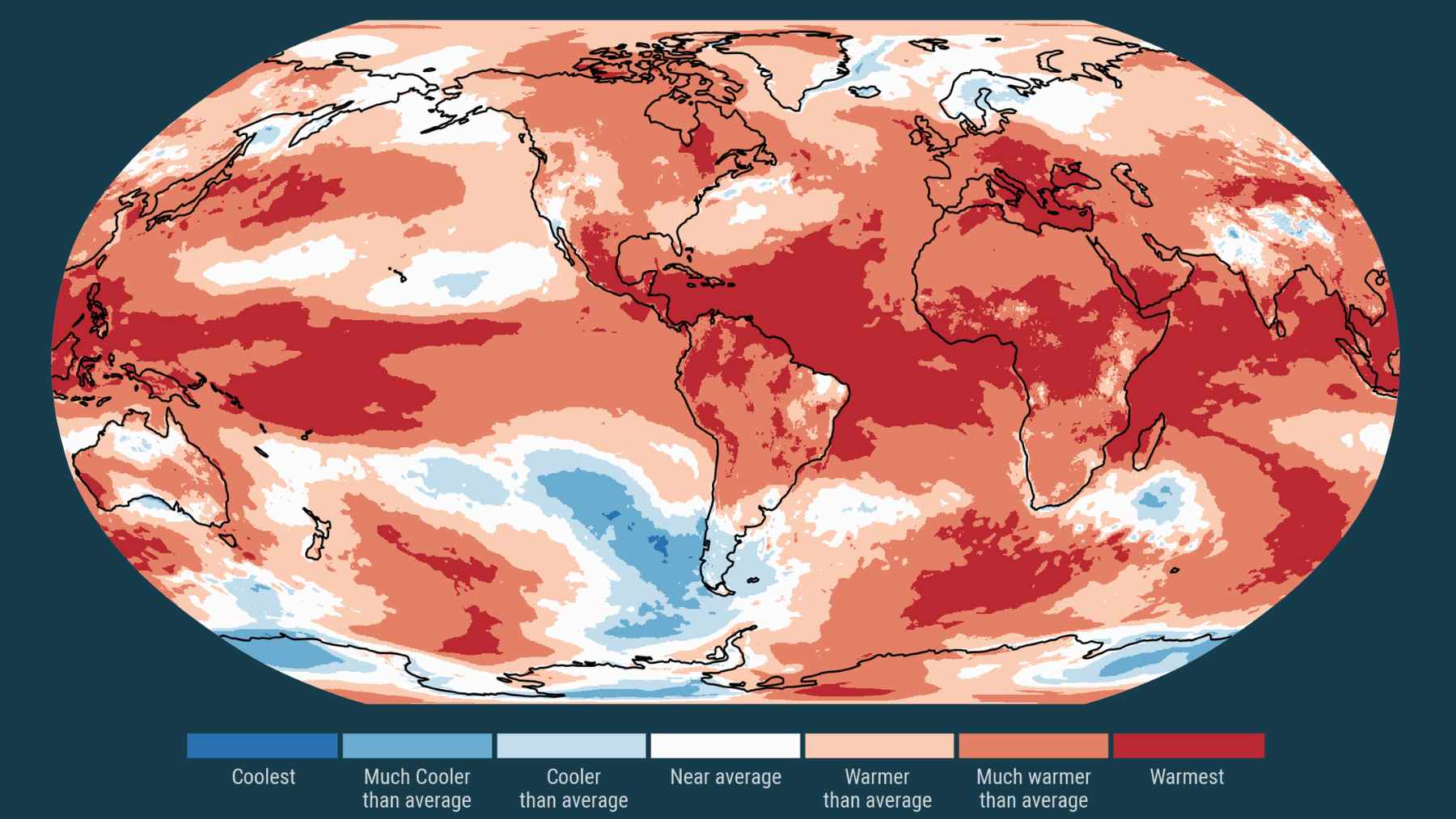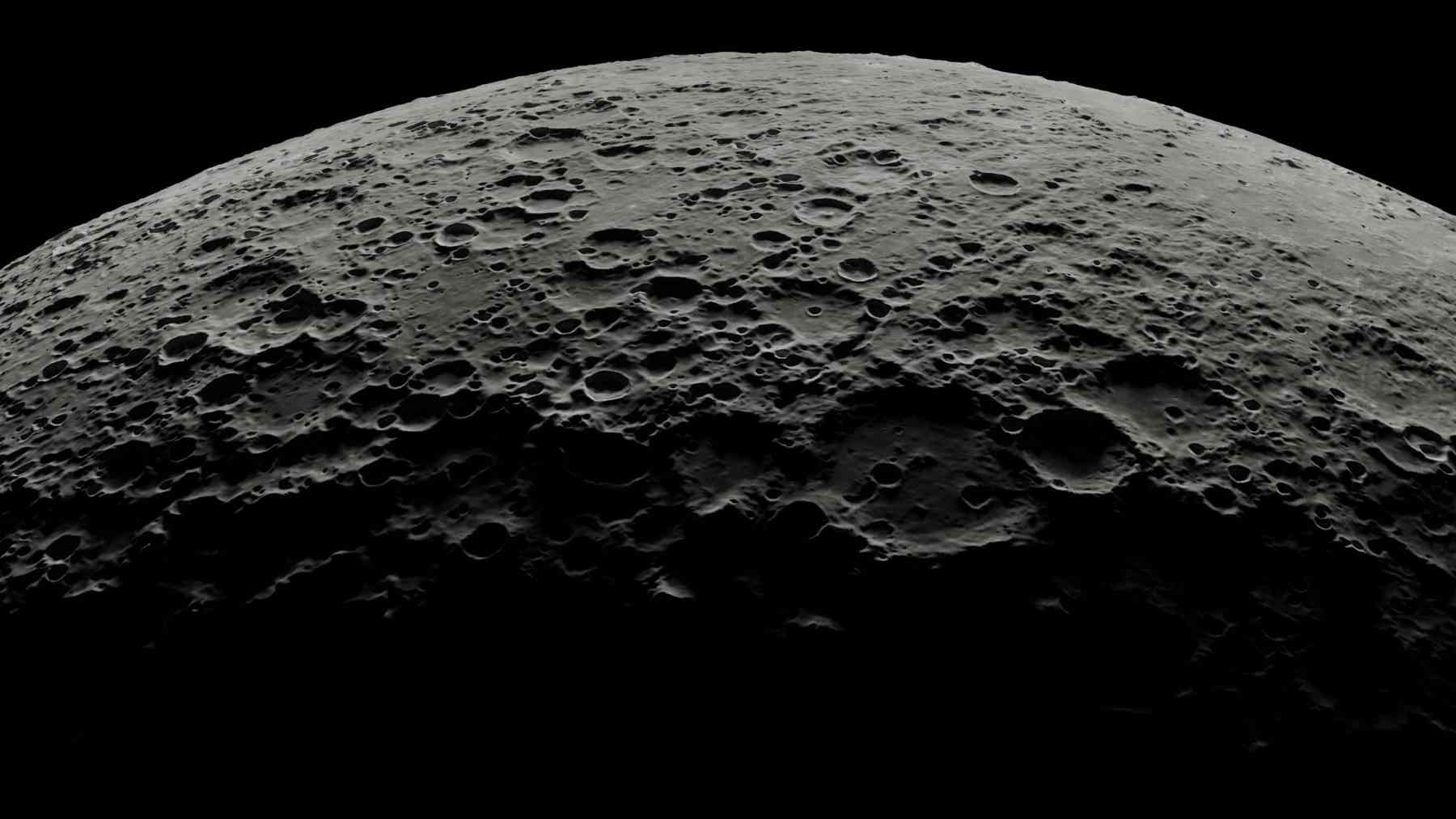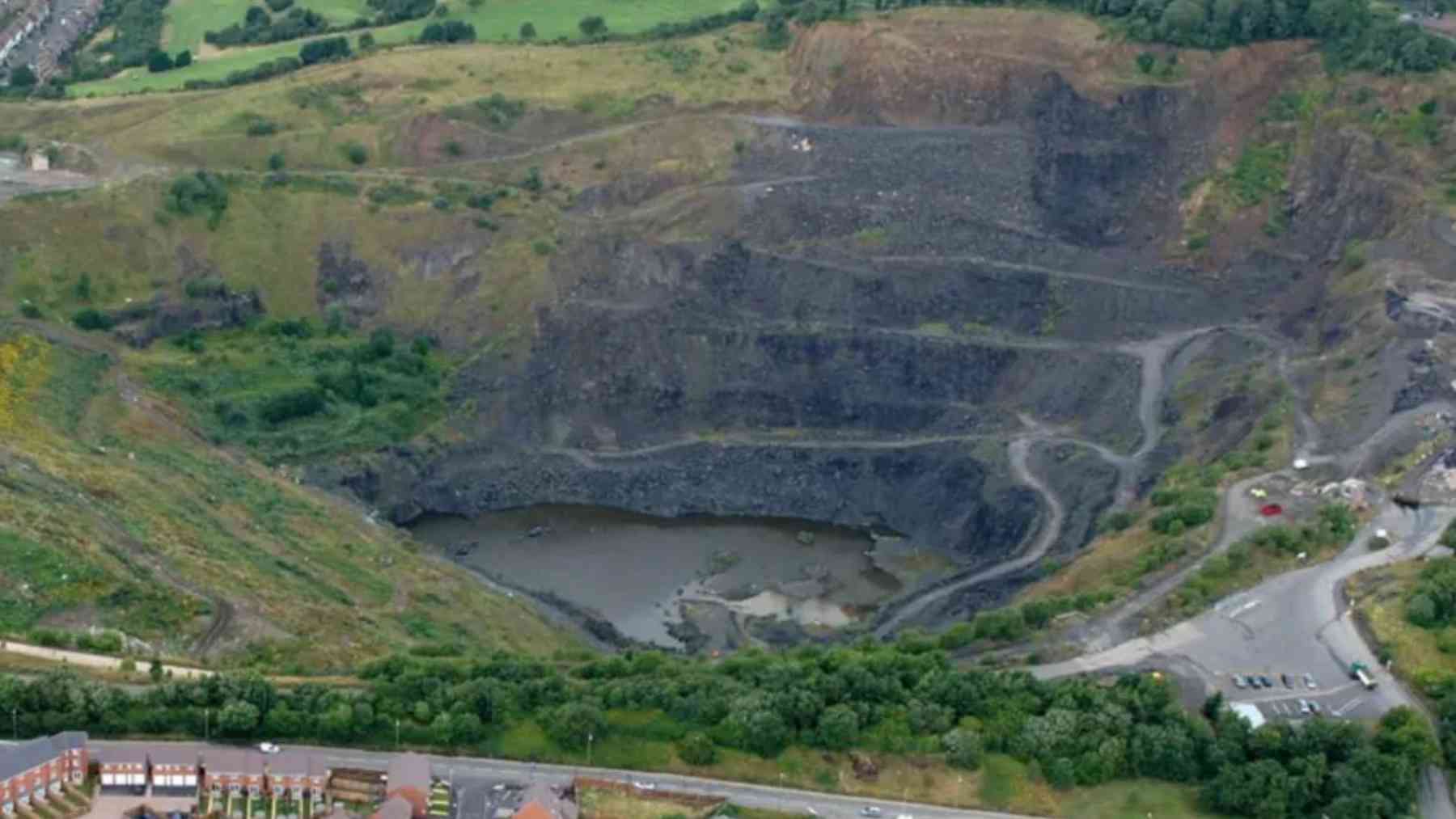On the vast and mysterious floor of the Pacific Ocean, thousands of feet below the surface, a volcano is showing signs of life. Located 300 miles off the coast of Oregon, the volcano is being monitored by scientists who believe it could erupt at any moment. For several years, scientists have observed an increase in seismic activity and growing pressure beneath the volcano’s surface.
A restless giant beneath the waves: looming eruption or rare research window?
This underwater volcano is one of the most studied due to its intriguing nature and the access it offers scientists to observe a rare, deep volcanic process. Although its remote location makes the eruption virtually unnoticeable to land-based populations, it could significantly impact local marine ecosystems.
The volcano in question, Axial Seamount, is located on the ocean floor where tectonic plates meet, forming a sort of “natural laboratory.” Axial Seamount has erupted before, with the last major eruption recorded in 2015. Since then, signs of a possible new eruption have been detected through increased seismic activity, changes in the behavior of hydrothermal vents, and swelling of the seafloor. This volcano is monitored through an advanced network of underwater sensors, which provide real-time data to researchers.
Life on the edge: fragile deep-sea worlds facing fire and renewal
Even if an eruption at Axial Seamount doesn’t have a direct impact on land, it would certainly affect nearby marine life, especially in areas where hydrothermal vents provide unique habitats for diverse life forms:
- Hydrothermal Ecosystems: Hydrothermal vents, formed by magma that heats ocean water, are essential for sustaining unique marine life. These vents provide an environment with high concentrations of minerals, allowing the survival of organisms that thrive in the deep. During an eruption, these ecosystems can be devastated, but, as we saw in 2011, life returns within a few months.
- Real-Time Observation: Technology has played a key role in monitoring underwater volcanoes like Axial Seamount. With the Ocean Observatories Initiative’s sensor network, scientists can track seismic changes and eruptions remotely, without putting their research teams at risk. This network provides valuable data, including live images and videos of the seafloor (observations like this revealed this hidden layer beneath a US supervolcano).
Beneath the waves
Monitoring underwater volcanoes is a significant technical challenge, and Axial Seamount is no exception. Sophisticated equipment such as seismic sensors, underwater cameras, and hydrophones are used to capture data and provide a detailed view of the volcano’s activity.
- Cutting-Edge Technologies: The Ocean Observatories Initiative (OOI) provides a platform for continuous monitoring of seismic activity and seafloor behavior. With sensors installed on the ocean floor and cameras transmitting live images, scientists can study the volcano without needing to be physically present.
- Underwater Sound Detection: During an eruption, magma interacts with water, forming vapor bubbles that generate low-frequency sounds. These sounds are captured by hydrophones and help scientists better understand the eruptive process. This data provides valuable information on how underwater volcanoes behave during an eruption and can improve forecast models.
“The volcanic activity at Axial Seamount provides a unique opportunity for scientists to closely observe the geological and biological processes occurring in the depths of the ocean, with no immediate risk to populations on land,” Bill Chadwick, Research Associate, Oregon State University.
In other words, although Axial Seamount doesn’t pose an imminent threat to human populations, its eruption has great scientific value. Studying underwater volcanoes like this one offers a rare opportunity to observe how volcanic activity occurs deep in the ocean, where humans rarely have access. Using advanced technologies, scientists can not only study these eruptions more safely but also better understand the natural processes that shape our planet. It’s no wonder we’ve already detected that the Yellowstone supervolcano is awakening.






